Today, the ability to create videos with artificial intelligence is open to anyone with a computer and the internet – and now the entertainment industry is catching up. But this has opened up a debate about what such programs mean for the creative industry, and whether they will really be able to replace the writers, artists and animators.
Israeli viewers were treated to digital animation on their own screens last month, with the arrival of new television series Red Skies, whose introduction is an AI-generated, animated mosaic of the Israeli and Palestinian experience, all set to a wistfully sad melody.
The intro depicts young people swimming in the sea; guitarists that morph into heavily armored soldiers; flying birds and falling rocks; burning buildings intermingled with lavish skyscrapers; sirens and rockets and tanks; and a coffin draped in a flag that flickers from Palestinian green, red, white and black to Israeli blue and white.
The jumpy imagery is a fitting introduction to a show that tells the tale of two friends, one Israeli (Saar) and the other Palestinian (Ali), and their relationship with each other and with Jenny, the girl they both love.
Running at a shade over a minute, this animated opening is a harbinger of a new era of artistic expression – all created with artificial intelligence.
Red Skies was released two days before another series – Secret Invasion, produced by Disney’s Marvel Studios and starring Samuel L. Jackson – that similarly used an AI intro.
Its green-tinged opening reflects the disjointed, confused nature of a show where anyone can be posing as anyone else and no one is really sure what is real and what is fake. But it sparked a broad debate over the prospect of creatives losing their jobs and being replaced by machines.
The creation process on these platforms is extremely simple – simply enter a few instructions about who you want, where you want them and what you want them doing, and the algorithm does the rest.
AI-generated videos have been around for several years. Perhaps the first time they entered the public consciousness was in 2018, with a video purporting to be of former US president Barack Obama, warning of the dangers of what became to be known as “deep fakes.”
Ahead Of The Curve
Merav Shacham, the artist who created the Red Skies intro, tells NoCamels that she realized she had to get on top of this new phenomenon last year, as generative AI platforms such as Midjourney and DALL·E became increasingly popular.
Aside from owning her own animation and design studio, BANANAMOON, Shacham is a lecturer in the visual communication department at Shenkar College of Engineering, Design and Art on the outskirts of Tel Aviv.
So Shacham, an experienced designer for television (she also created the intro for the global Israeli hit show Fauda), began to explore the medium of generative AI, carrying out what she calls “really big research.”
“I had a meeting with my head of department, and I told him, our students will get to use it, and we are the lecturers, we need to know what it is. We need to figure it out, to experiment because next year there will be students that are using it, and we have to join the club,” she recalls.
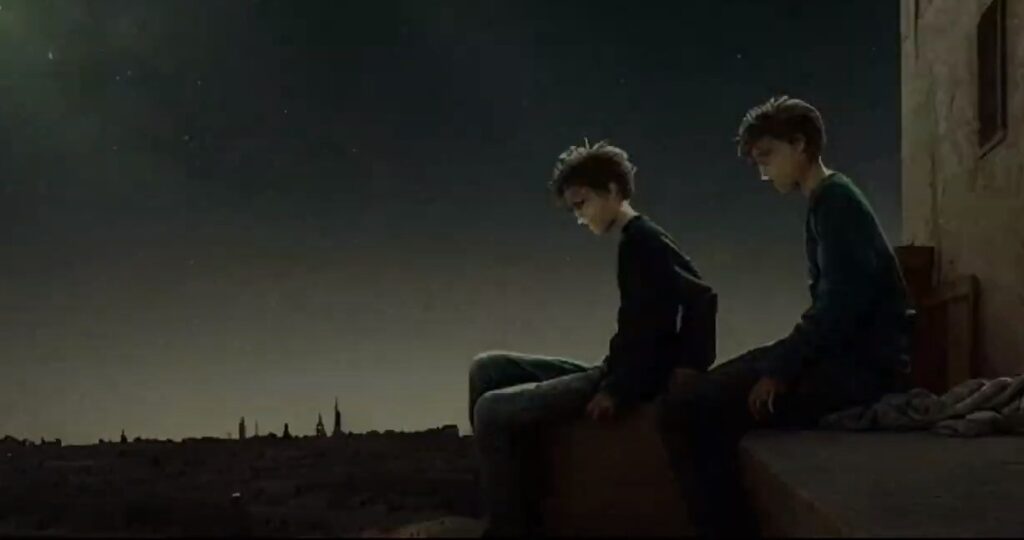
“The results were very surprising,” she says, comparing the input method to feeding coins into a slot machine at a casino.
“You give just the prompt, the text line and some parameters and then it’s like magic – stuff is coming alive,” she explains.
Sign up for our free weekly newsletter
SubscribeSo impressed was Shacham by what she could do that when Red Skies co-creator Ron Leshem approached her to create the intro for the series, she suggested using artificial intelligence to do so.

The production team behind the show were initially cautious, says Red Skies executive producer Daniel Shinar, upon whose bestselling novel the series is based.
“We were intrigued but also a little bit worried. [What] you hear about AI is mostly the negatives – will AI replace us,” he tells NoCamels.
But, Shinar says, they discovered that the actual process of creating the intro was smoother than expected. The series production team would explain the concept, which Shacham would then work off of.
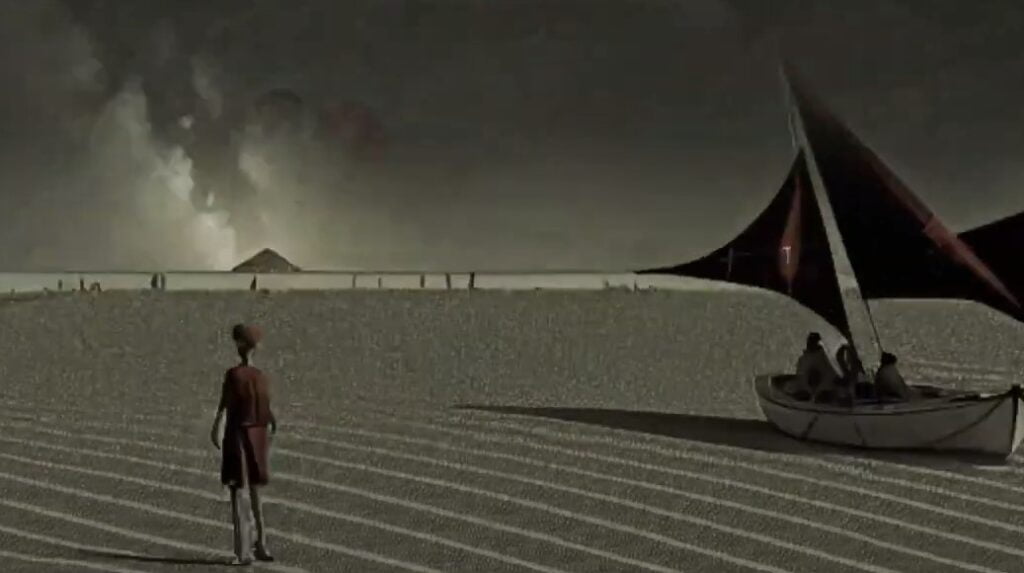
Afterwards, they would examine the results together – and what they found was not always what they expected, but those surprises were not always unwelcome. In fact, Shinar says, it could be very different to what you asked for, but “very beautiful” nonetheless.
“You have two kids with a sunset on the beach or two best friends with their girlfriend, but instead of the sea, the machine would spit out a sea of sand,” he says.
“Anywhere you have a boat, the boat is not in a regular sea. It’s in a sea of sand, which we didn’t have as an input – it kind of imagines that. Or we would say we want to see a demonstration in the West Bank, and you see a demonstration with a coffin, but the coffin will have the Israeli flag and then Palestinian flag.”
The coffin with the flags was kept in, and Shinar likens the imagery to “a political statement by the computer, by the AI.”
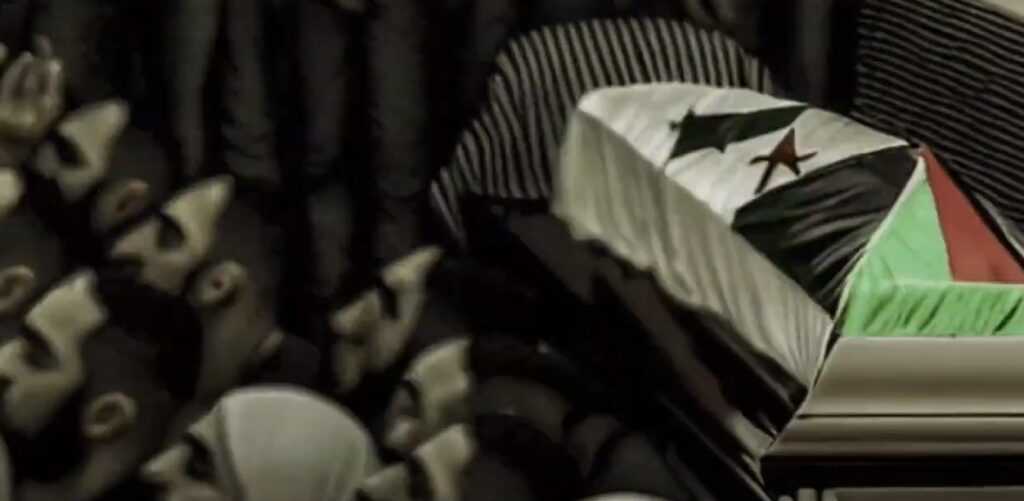
Shacham also found unexpected results for the directions she entered into the program, comparing the work process to a collaboration between artist and machine.
“When you are starting to work with it, and you’re starting to talk with the machine, back and forth, you see that it’s not only your prompt and different styles – there is something in it that has lots of unpredictable visuals. And I was really curious about this interpretation,” she says.
Nor was it a case of simply inputting some instructions and hoping for the best. The entire process saw Shacham create more than a hundred different versions before they were happy with the results.
And despite the debate over the potential threat posed by AI-generated content, neither writer nor artist sees it replacing people.
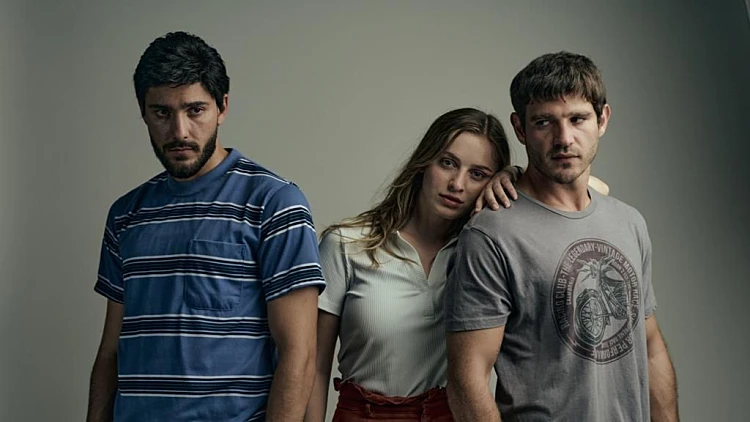
Shacham views AI as “just another tool to experiment with visuals,” one which “needs to develop more, to become more sophisticated, more professional.”
For Shinar, the heart of a piece of work is its humanity – “the part that’s magic, that makes people connect emotionally.” And this, he says, is something that artificial intelligence will never be able to supersede.
“I don’t think people will cry over an AI opening sequence. You need some magic touch there – the secret ingredient that, in my view, still has to be human.”
Related posts

Rehabilitation Nation: Israeli Innovation On Road To Healing

Israeli High-Tech Sector 'Still Good' Despite Year Of War


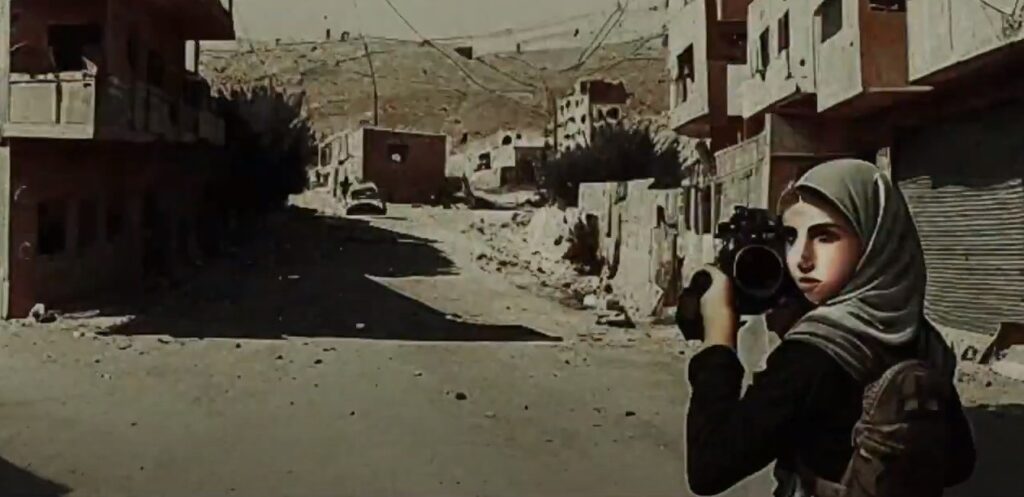


Facebook comments